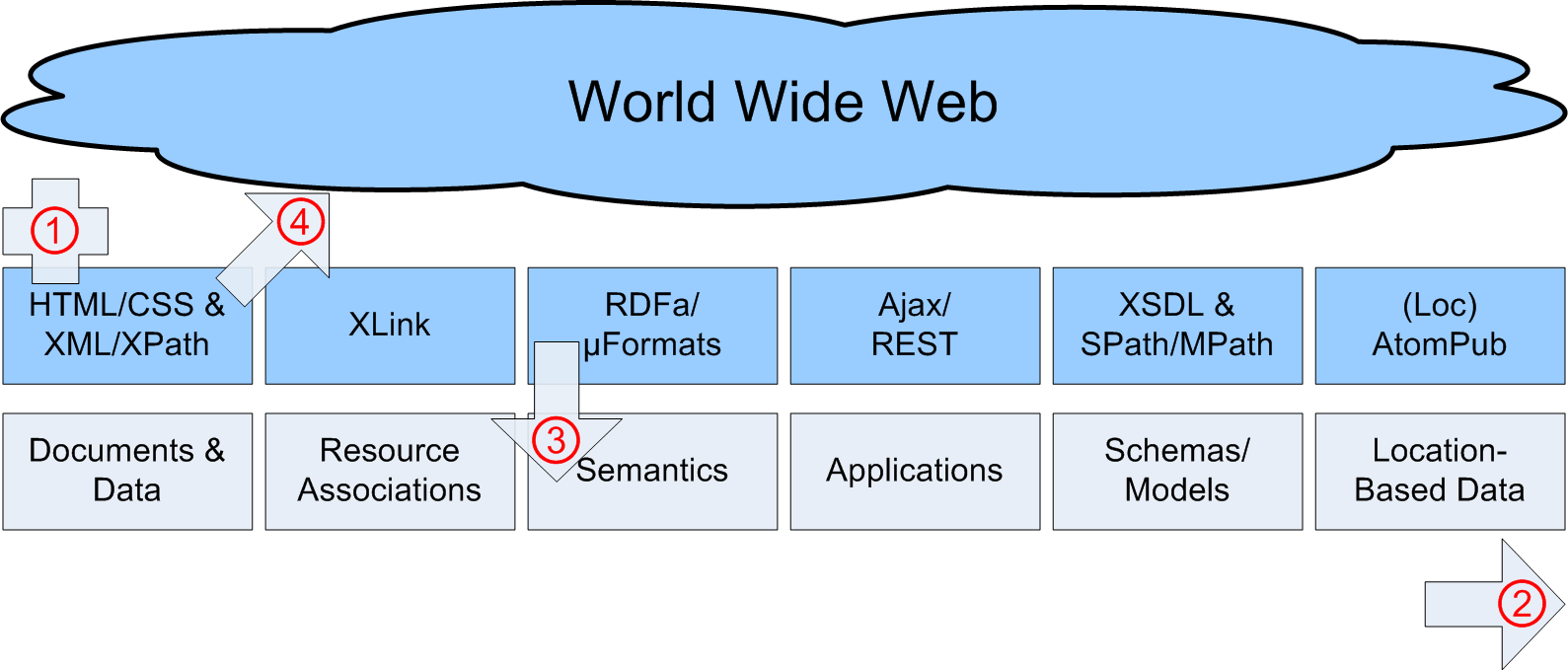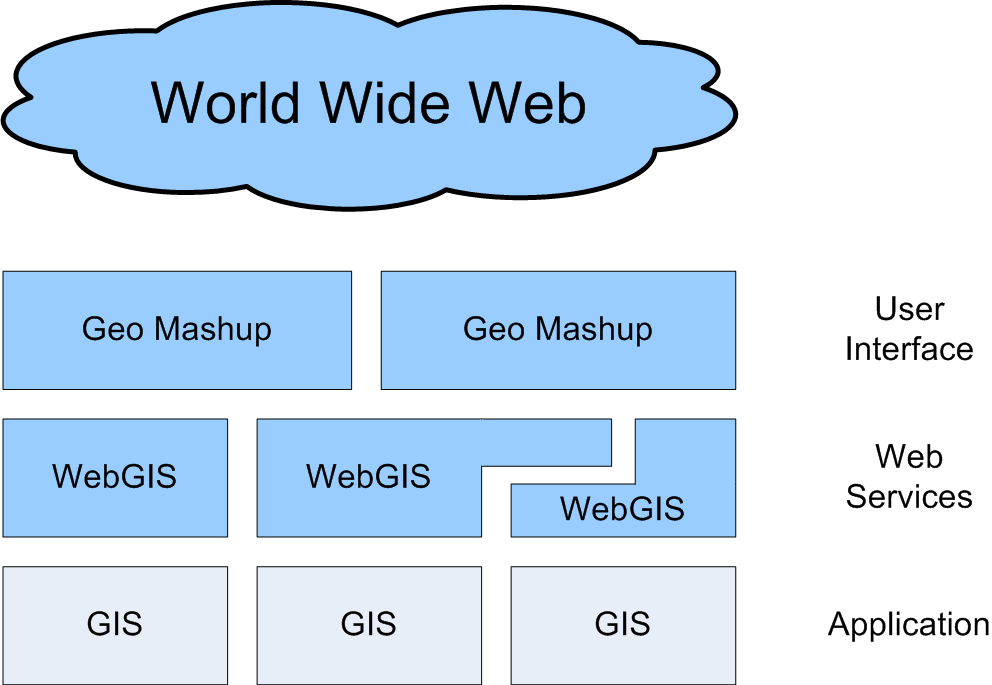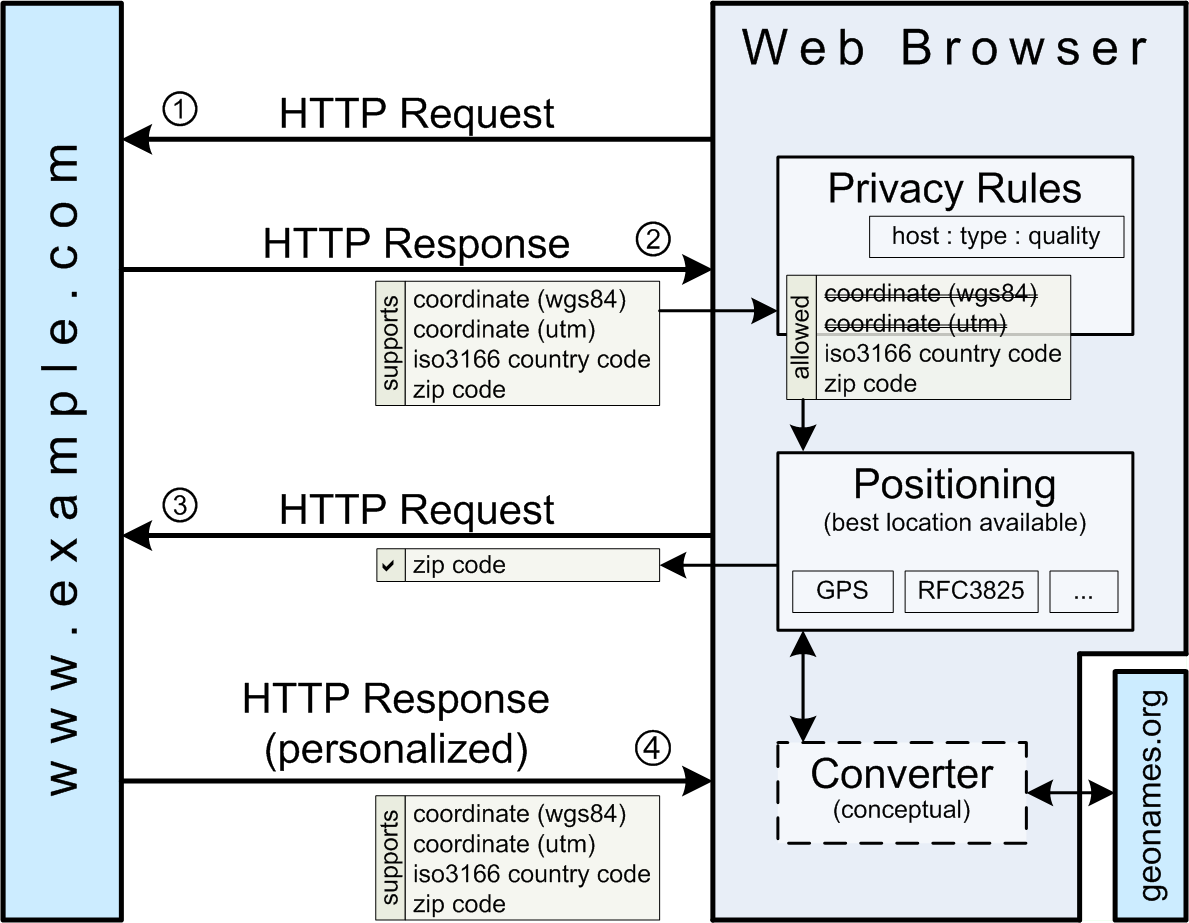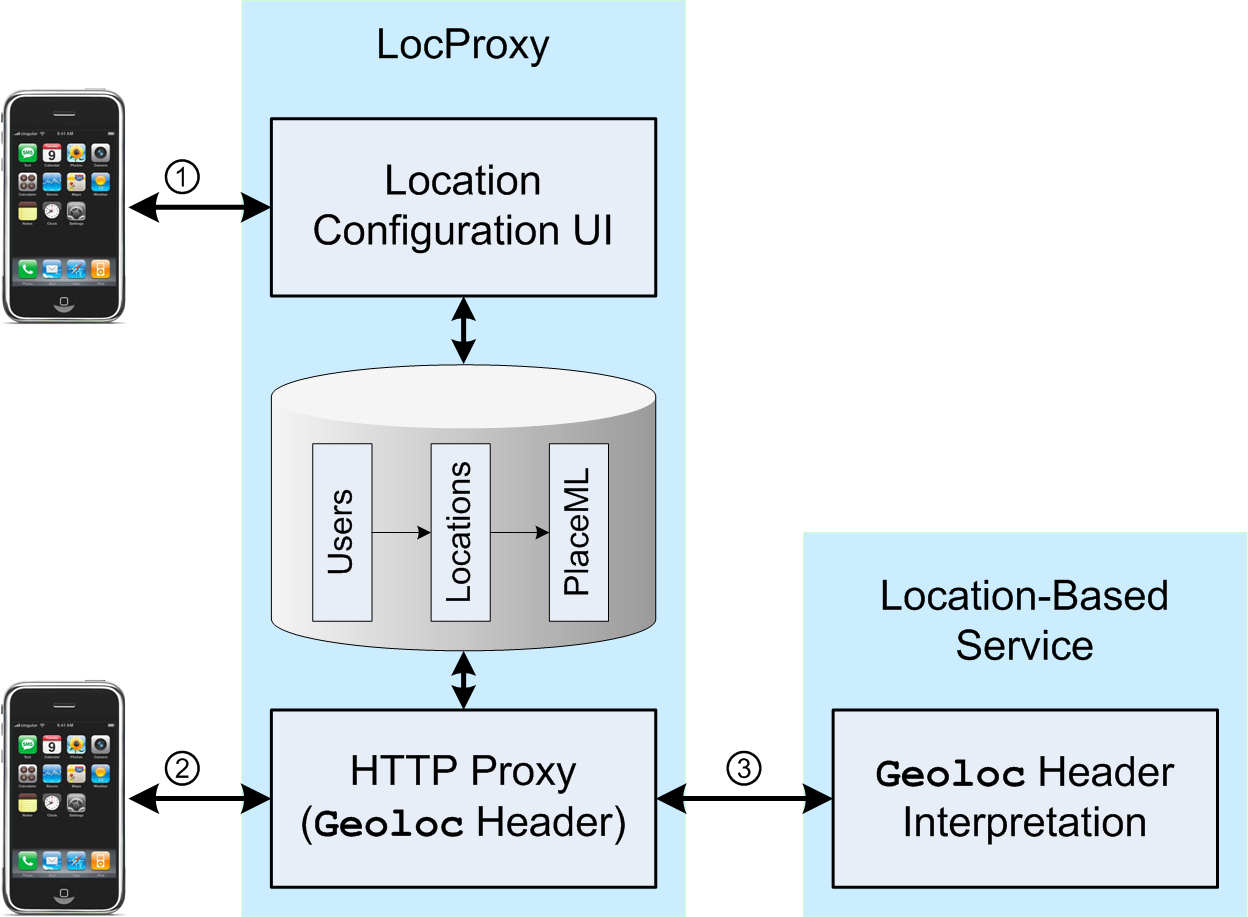Abstract
The concept of location has become very popular in many applications on the Web, in particular for those which aim at connecting the real world with resources on the Web. However, the Web as it is today has no overall location concept, which means that applications have to introduce their own location concepts and have done so in incompatible ways. By turning the Web into a location-aware Web, which we call the Locative Web
, location-oriented applications get better support for their location concepts on the Web, and the Web becomes an information system where location-related information can be more easily shared across different applications and application areas. We describe a location concept for the Web supporting different location types, its embedding into some of the Web's core technologies, and prototype implementations of these concepts in location-enabled Web components.






